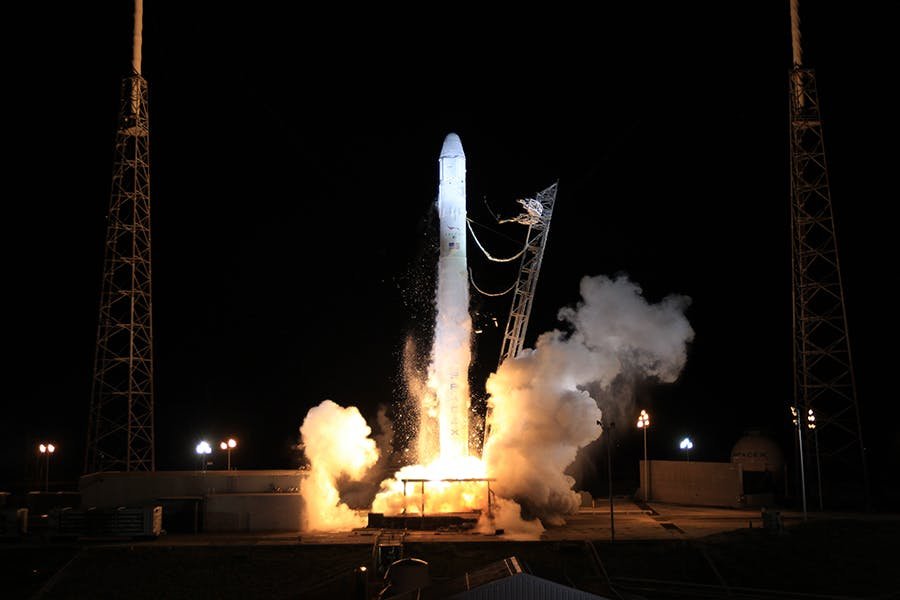
The idea of mining space might sound like science fiction, but it’s quickly becoming a science fact. As Earth’s resources continue to shrink, scientists and companies are turning their eyes to the stars. Space mining is the next big step in space exploration, with plans to extract valuable materials from asteroids, the Moon, and even Mars.
This article explores the future of space mining, highlighting the key technologies driving it, the countries and companies leading the race, and why it is an ideal time to invest in space mining ventures.
The Importance of Space Mining

Earth is rich in metals, fuels, and minerals, but these resources are limited. As demand for batteries, electronics, and clean energy continues to grow, mining companies are seeking new sources of rare materials. space offers huge potential. Some asteroids are packed with gold, platinum, nickel, and other useful metals.
Space mining can help:
- Reduce the pressure on Earth’s resources
- Fuel future space missions with materials found in space
- Provide income for space-based industries
- Support long-term human living on the Moon or Mars
In short, space mining could play a key role in our future, both on Earth and beyond.
How Space Mining Will Evolve

The process of space mining is still new, but it’s evolving fast. Here's how space mining will evolve in the coming years:
- Exploration Missions
First, space agencies send robotic spacecraft to study asteroids and moons. These missions collect data to find which bodies have the most useful materials. - Sample Collection
Robots or landers collect small amounts of material and bring them back to Earth for testing. NASA’s OSIRIS-REx mission recently did this with an asteroid named Bennu. - Robotic Mining
Future missions will use robots to dig, drill, or scoop materials. These robots will work without humans and may be controlled by AI. - Material Processing in Space
Advanced technology will be needed to sort and process metals in zero gravity. Clean energy sources, such as solar power, will likely power these systems. - Transport to Earth or Space Use
Mined materials will either be sent back to Earth or used in space to build tools, fuel, or shelter.
Key Technologies
Many powerful technologies are shaping the future of space mining:
- Autonomous Robots
These can be explored, drilled, and mined without direct human control. - Artificial Intelligence (AI)
AI helps robots make smart decisions in real time. It also helps analyze surface maps and plan missions faster. - 3D Mapping and Imaging
High-tech cameras and sensors create detailed maps of asteroids and moons to find the best mining spots. - In-Situ Resource Utilization (ISRU)
This is a process where astronauts or machines use local resources (like Moon soil or asteroid metal) instead of bringing everything from Earth. - Space Drones
Small flying robots may scout mining sites or transport materials between machines.
These technologies are already being tested by space agencies like NASA and by private companies.
NASA’s Role in Space Mining

NASA plays a key role in advancing space mining. Their missions aim to gather knowledge, develop technology, and prepare humans for long-term space work.
Some key NASA missions include:
- OSIRIS-REx: Collected samples from asteroid Bennu.
- Artemis Program: Plans to send humans back to the Moon, where they’ll study local resources.
- VIPER: A rover planned to explore the Moon’s south pole and search for ice water, which could support life and fuel production.
NASA also works with private companies and researchers to develop mining tools, robotic systems, and safe methods for extracting materials in space.
US and UK Leadership in Space Mining
The space mining industries in the US and UK are growing rapidly. In the US, private companies such as Planetary Resources and Deep Space Industries are developing specialized spacecraft for mining operations. Meanwhile, the UK is investing in space technology and promoting innovation in robotic engineering and mining systems.
Both countries are also working to establish strong legal frameworks and partnerships to support future space resource utilization. Their collaboration helps share technology, reduce costs, and accelerate progress. As more nations enter the space race, global partnerships in space mining are expected to expand.
Opportunities to Invest in Space Mining Companies
As the industry grows, so do the chances to invest in space mining companies. These include companies working on:
- Robotic mining tools
- AI systems for space navigation
- Asteroid tracking and imaging
- Launch services for mining spacecraft
You can also support research institutions or startups that are tackling major technical challenges. Investing now could yield significant returns as space exploration becomes an active part of the global economy.
How to Stay Informed
To stay updated, you can follow space mining news through:
- NASA’s official website and mission updates
- News platforms like Space.com and ScienceDaily
- Tech blogs and YouTube channels covering space mining
- Academic journals on mining technology and space science
Keeping an eye on this field will help you understand both science and the opportunities as they develop.
Challenges to Overcome
Although the future looks bright, space mining still faces many challenges:
- High cost of missions
- Legal issues over who owns space resources
- Technical risks like machine failure or unexpected weather
- Environmental concerns around damaging untouched celestial bodies
Scientists, engineers, and leaders must work together to solve these problems fairly and safely.
Conclusion
The future of space mining holds great promise. With smart investments, cutting-edge technology, and support from space agencies like NASA, the once-distant dream of mining in space is rapidly becoming a reality.
The US and UK space mining sectors are leading the charge, and companies worldwide are racing to develop the tools that will power this future. If you’re interested in science, business, or the future of humanity, now is a great time to learn, invest, and dream bigger than ever before.







